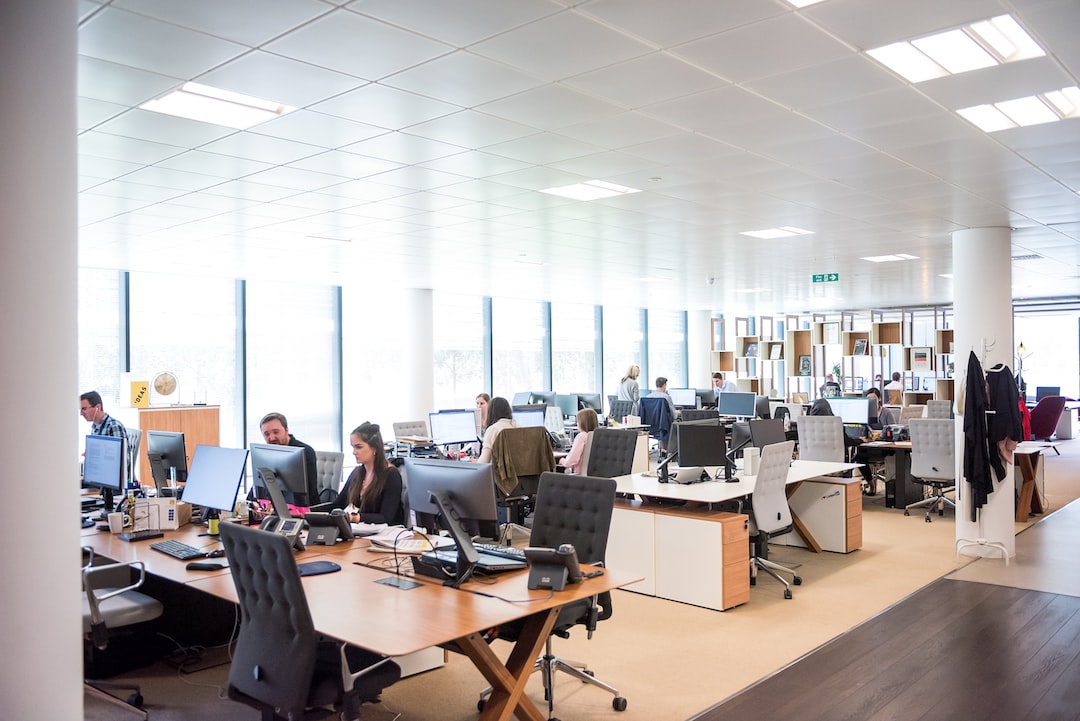The average small business in America pays up to $1,150 each month for utilities.
These expenses can impact a company's bottom line. This is why energy management is a worthwhile endeavor. Businesses can reduce their energy bills and achieve major cost savings.
How can commercial properties save on electricity? Read on for some brilliant tricks to save energy.
Understanding the Challenges of Energy Management
Commercial building energy usage is a major contributor to energy consumption. Don't forget about carbon emissions as well.
Businesses spend a considerable amount on energy bills. These costs can eat into their profits. The environmental impact of excessive energy use also can't be overlooked.
Conduct Energy Audits
The first step in reducing energy costs is to conduct energy audits. This involves assessing the building's energy performance. These audits can reveal these energy inefficiencies:
- Outdated HVAC systems
- Poorly insulated windows
- Inefficient lighting
Upgrade Energy-Efficient Equipment
The next step is to upgrade to energy-efficient equipment. This can include installing the following:
- LED lighting
- Programmable thermostats
- ENERGY STAR-rated appliances
Use Smart Building Technologies
Energy management software can be invaluable for optimizing energy usage. These systems allow you to track and control building functions remotely.
You can adjust heating and cooling settings based on occupancy. This will reduce energy waste.
Regular Maintenance and Tune-ups
Regular maintenance and tune-ups matter. HVAC systems and other equipment need this to maintain their efficiency. Scheduling routine maintenance can help prevent major issues.
Educate Employees on Using Less Energy
Employees play a huge role in energy management. Educate them about the importance of using less energy in the workplace. Encourage them to adopt energy-saving habits.
Here are some ideas:
- Use more natural light
- Unplug electronics
- Be mindful of turning off lights
Set Energy Reduction Goals
Setting specific energy reduction goals can provide a clear target for your efforts. You'll motivate your team to work toward reducing energy consumption.
Optimize Lighting
Lighting is another major contributor to energy bills in commercial properties. Use energy-efficient lighting solutions. This can include LED bulbs and occupancy sensors.
They can help reduce energy consumption. You should also use natural daylight and install energy-efficient window treatments. This can lower your demand for artificial lighting during the day.
Manage Peak Demand
To avoid high energy costs, consider using strategies to manage peak demand. This may include shifting non-essential operations to off-peak hours. You could also use energy storage systems for use during peak times.
Track and Analyze Commercial Building Energy Usage
Continuous monitoring and analysis of energy usage are essential for effective energy management. Use energy management software to do the following:
- Track energy consumption patterns
- Identify anomalies
- Make decisions based on data to optimize energy use further
These Energy Management Strategies Will Have a Big Impact
Energy management for commercial properties is a critical aspect of sustainability and cost savings. Everyone should use these energy management tricks. Businesses can enhance their profitability and reduce overhead costs.
Managing commercial buildings is tough. Do you need help running your Tampa Bay properties? Contact PMI Tampa Bay to hear about our property management solutions.


